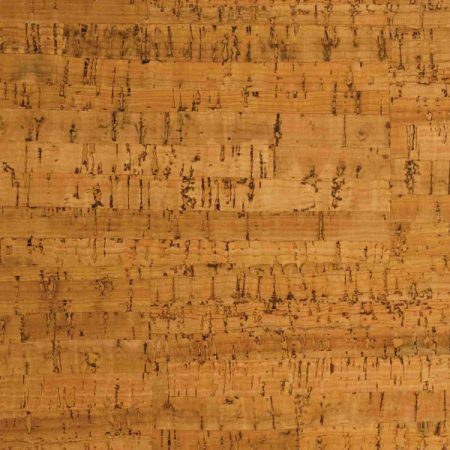Cork Parquet
Cork Parquet are unusually durable and reliable finishing components, which have been used in various ways in numerous houses for the last 20-30 years. Concerning the fact that cork is water resistant, there are no distortions, which are so common in the case of wooden panels. Unusual pattern of the panels enhances the overall look of the room and thus enables to combine modern, ecologic design with elegance both at home and in the office. Cork parquet floors are impregnated.
- You cannot add "Havana - Cork Parquet 6mm" to the cart because the product is out of stock.
Showing all 4 results
Where can cork parquet be used?
Cork parquet is a versatile material that can be used in various rooms of your home or office. Its insulating properties, durability and aesthetics make it an attractive choice for many applications. Here are some places where you can use cork parquet:
Living rooms and bedrooms:
Cork parquet is pleasant to the touch, quiet and warm, which makes it ideal for use in living rooms and bedrooms. Its insulating properties help maintain a comfortable room temperature.
Cuisines:
Cork parquet is resistant to moisture, which makes it a suitable option for the kitchen. Its flexibility helps absorb pressure when standing, which can be beneficial when cooking.
Bathrooms:
Although cork parquet can be used in bathrooms, it is recommended to avoid direct contact with water and use appropriate protective measures. Cork parquet may be more susceptible to damage due to constant contact with moisture.
Offices and home offices:
Thanks to its ability to dampen sounds, cork parquet may be a good choice for offices and home offices. It also provides a pleasant working environment.
Hallways:
Cork parquet can be used in halls, adding warmth and character to the entrance space. It is also easy to keep clean.
Children’s rooms:
Thanks to its softness and flexibility, cork parquet may be a good choice for children’s rooms. Helps absorb falls and impacts.
Commercial spaces:
Cork parquet can be used in commercial spaces such as shops, offices and cafes. Its insulating properties and durability make it a practical solution.
Fitness salons and recreation rooms:
Thanks to its flexibility and ability to dampen sounds, cork parquet can be used in fitness salons, exercise rooms and recreation rooms.
Exhibition spaces and art galleries:
Thanks to its aesthetics and ability to dampen sounds, cork parquet can be used in exhibition spaces and art galleries.
How to install cork parquet?
Installing cork parquet flooring is a relatively simple process, but requires attention to detail to ensure a successful and long-lasting installation.
Make sure you have enough cork parquet for the entire installation, taking into account any cuts and waste.
Installation steps:
Substrate preparation:
Make sure the substrate is clean, dry and even. Remove any existing flooring material and repair any imperfections or irregularities.
Acclimatization:
Allow the cork parquet flooring to acclimatize to the room temperature and humidity for the recommended time specified by the manufacturer.
Layout planning:
Plan your cork parquet layout, taking into account the best starting point and installation direction.
Glue application:
Apply cork glue to a small area of the substrate using a notched trowel. Start in the center of the room and work your way towards the walls.
Installation of cork parquet:
Start laying the cork parquet tiles or boards according to the guidelines. Press each piece firmly into the glue, ensuring a tight fit between pieces.
Spread the joints:
Lay out the joints of the cork parquet pieces in a brick pattern to create a more stable and visually attractive floor.
Installation Completion:
Finish the installation up to the edge of the room. Before walking on the floor or arranging furniture, wait until the glue hardens according to the manufacturer’s recommendations.
Sealing (if necessary):
Some cork products may require sealing after installation. Follow manufacturer’s sealing instructions, if applicable.




